CARING WITH FAMILY
|
| The level of affection a breed shows towards family members or other people they know well can vary. Some breeds are known to be very affectionate and form strong bonds with their families, treating everyone they know like their best friend. These breeds are typically friendly, outgoing and eager to shower their loved ones with affection. |
LOVE WITH CHILDREN
Unwise
Good With Children
|
| The level of tolerance and patience a breed exhibits towards children's behavior can vary. While some breeds are generally known for their good-natured and patient demeanor with children it's important to remember that individual personalities and training also play a significant role in a dog's behavior. |
BEHAVIOR WITH DOGS
Unwise
Good With Other Dogs
|
| The general friendliness of a breed towards other dogs can vary. While supervision is always important for ensuring safe interactions and introductions between dogs some breeds are commonly known to have a more amiable disposition towards other dogs both at home and in public. |
SHEDDING LEVELS & MANAGEMENT
No Shedding
Hair Everywhere
|
| The amount of fur and hair a breed may leave behind can vary. Some breeds are known for their high shedding, while others may have minimal shedding. In the case of the Hokkaido breed they have a double coat consisting of a protective outer guard hair and a dense undercoat. This coat type typically means that Hokkaido will shed seasonally, usually blowing their undercoat twice a year. |
COAT GROOMING STANDARDS
|
| The grooming requirements of a breed can vary widely. When considering a breed, it is important to assess how much time, patience and budget you have for grooming and coat maintenance. In the case of the Hokkaido breed they generally have a low to moderate grooming requirement. Their double coat does require regular brushing to remove dead fur prevent matting, and keep the coat healthy. It is recommended to brush them at least once a week or more frequently during shedding seasons when they blow their undercoat. This can help manage the amount of loose hair and maintain the coat's condition. |
DROOLING INTENSITY
Less Likely to Drool
Always Have a Towel
|
| The Hokkaido breed is generally not known for excessive drooling. They are not considered a drool-prone breed, which could be good news if you prefer a dog with minimal drooling tendencies. However, it's important to note that individual dogs within a breed can still vary in terms of drooling. Some dogs may drool more than others due to factors such as genetics, mouth structure or individual habits. |
COAT STYLES GUIDE |
| Double |
| COAT SPECTRUM |
| Medium |
FRIENDLINESS
Reserved
Everyone Is My Best Friend
|
| The level of welcoming a breed is towards strangers can vary. While some breeds may be naturally cautious or reserved around all strangers regardless of the location, other breeds are generally more open and happier to meet new people. Some breeds are known for their friendly and outgoing nature often displaying excitement and enthusiasm when meeting new humans. They may show a natural affinity for socializing and enjoy interacting with strangers. |
LIVELINESS
Only When You Want To Play
Non-Stop
|
| The level of enthusiasm for play can vary among different breeds. While some breeds maintain a playful nature well into their adult years and continue to enjoy activities like tug-of-war or fetch, others may become less inclined to engage in high-energy play as they mature. Certain breeds are known for their high energy levels and a strong desire for play throughout their lives. They may have a natural inclination for interactive games such as fetch or tug-of-war and may actively seek opportunities for play and exercise. |
VIGILANCE INTENSITY
What's Mine Is Yours
Vigilant
|
| Some breeds are naturally more inclined to be alert and vigilant, and they may readily alert their owners to the presence of strangers or any perceived threat. These breeds are often known for being excellent watchdogs and can quickly detect changes in their environment. |
ADAPTATION CAPACITY
Lives For Routine
Highly Adaptable
|
| The ability of a breed to handle change can vary. Some breeds are known to be more adaptable and flexible in adjusting to various changes, while others may struggle with transitions and prefer a more consistent routine. Certain breeds are recognized for their resilience and adaptability, often displaying an easier time adjusting to changes in living conditions, noise levels, weather and daily schedules. They tend to be more open-minded and can adapt relatively well to new environments, people, and daily routines. |
OBEDIENCE LEVEL
Self-Willed
Eager to Please
|
| The ease of training and a dog's willingness to learn new things can vary among breeds. Some breeds are known for their high trainability and eagerness to please making the training process relatively easier and more enjoyable. These breeds are often quick learners, responsive to commands and motivated by positive reinforcement. They tend to be highly trainable, making them suitable for various activities such as obedience, agility or advanced tricks. |
STAMINA LEVEL
|
| The amount of exercise and mental stimulation a breed needs can vary significantly. Some breeds have high energy levels and require substantial exercise and mental stimulation to thrive, while others have lower energy levels and are content with more relaxed activities. High-energy breeds often have a strong desire for physical exercise and mental engagement. They may require long walks, vigorous play sessions and activities that challenge them both physically and mentally. Without adequate exercise and stimulation they may become bored or restless, which can lead to behavioral issues. |
VOCALIZATION
|
| Infrequent |
LEARNING CURIOSITY LEVEL
Happy to Lounge
Needs a Job or Activity
|
| The amount of mental stimulation a breed needs can vary based on various factors, including their natural instincts, purpose of breeding, and individual personality. Some breeds have been purpose-bred for specific jobs that require mental engagement, problem-solving, concentration, and decision-making skills. These breeds often have a higher need for mental stimulation to stay happy and healthy. Without sufficient mental exercise, they may become bored or restless which can lead to unwanted behaviors or the creation of their own "projects" that may not align with the owner's desires. |
| COLORS |
|
Description
|
Registration Code
|
|
Black
|
007
|
|
Blonde
|
460
|
|
| PATTERNS |
|
Description
|
Registration Code
|
|
Gold Markings
|
097
|
|
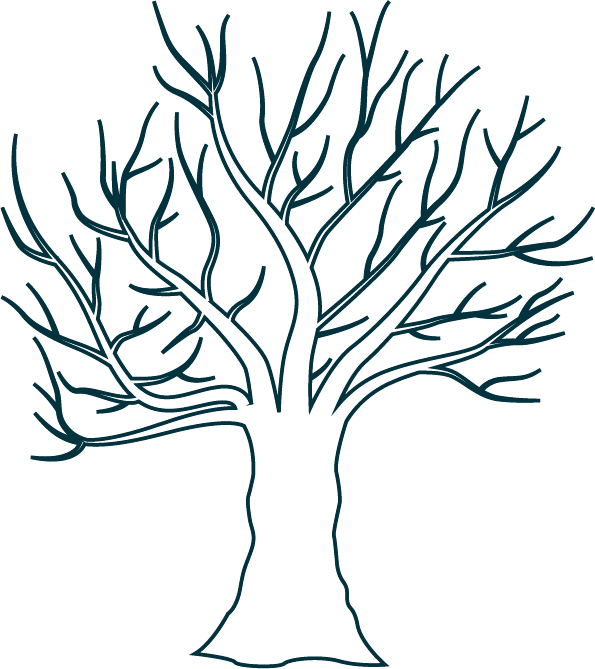


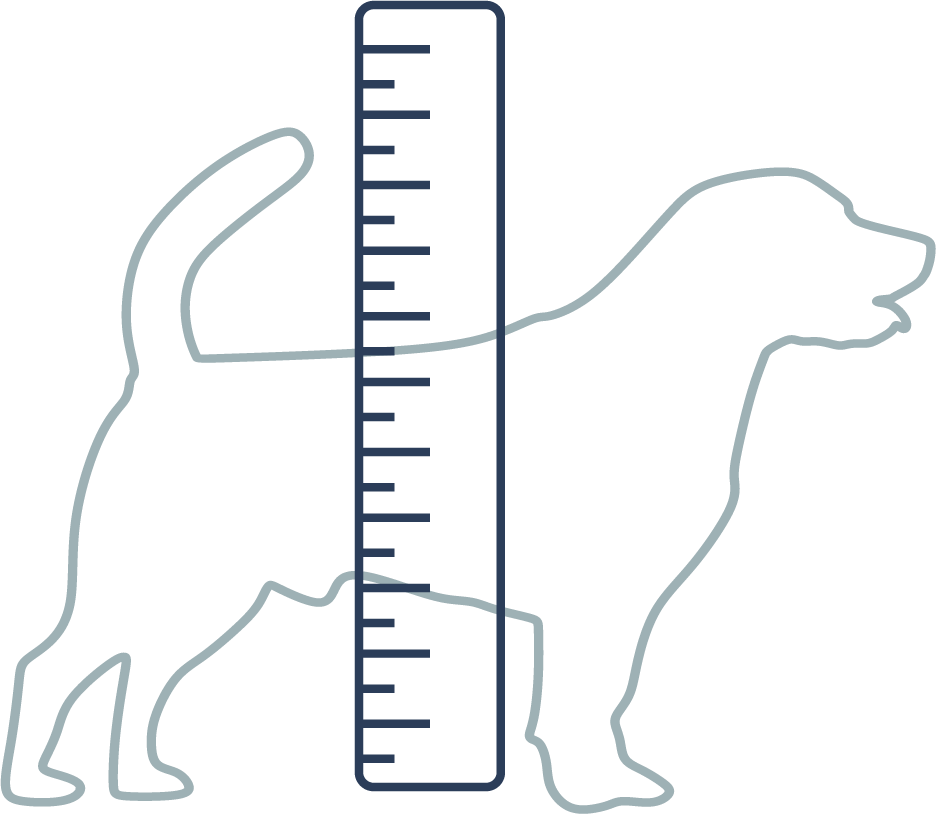
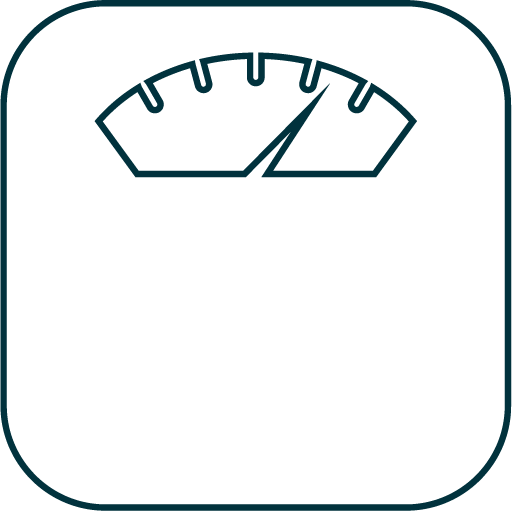



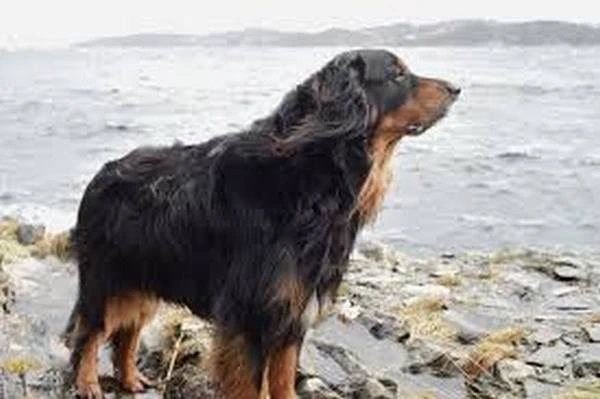
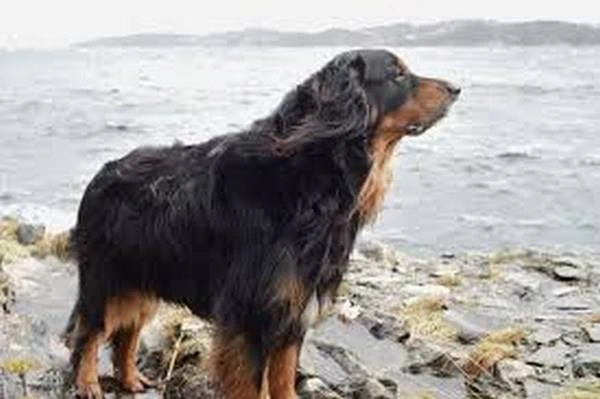


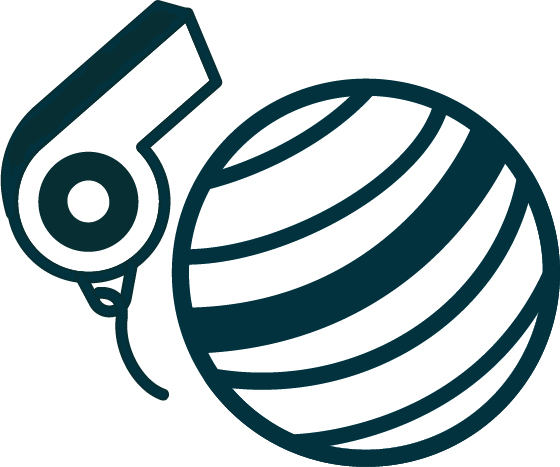
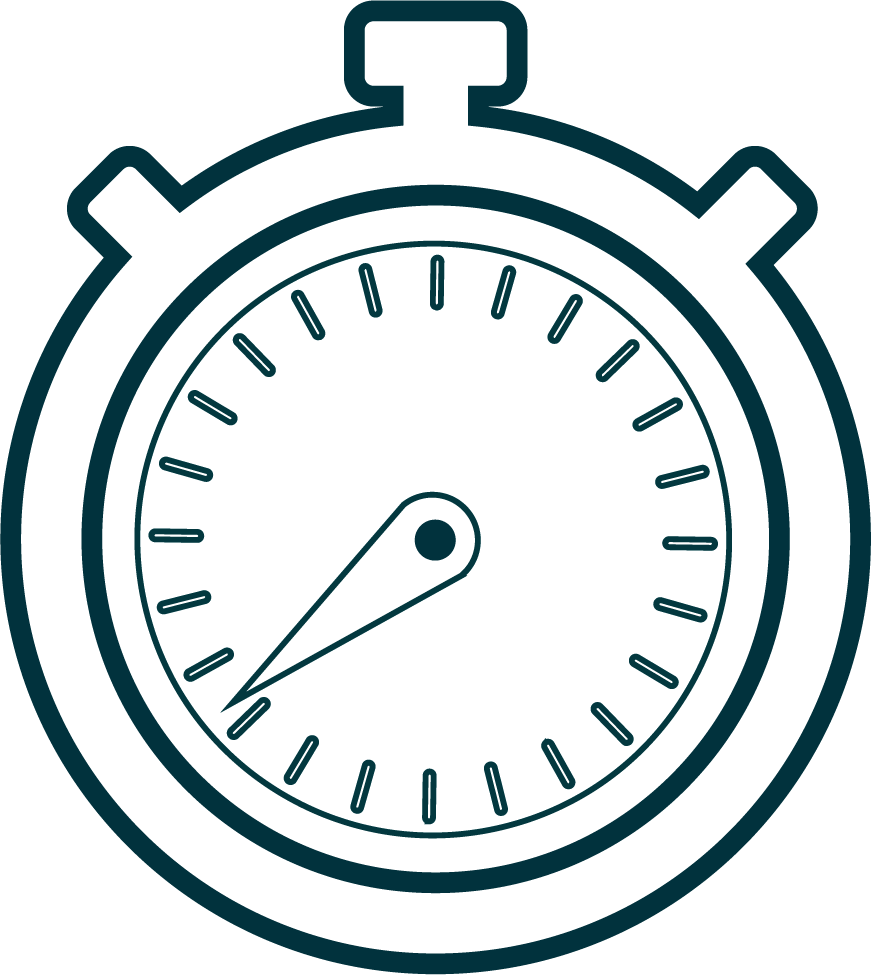
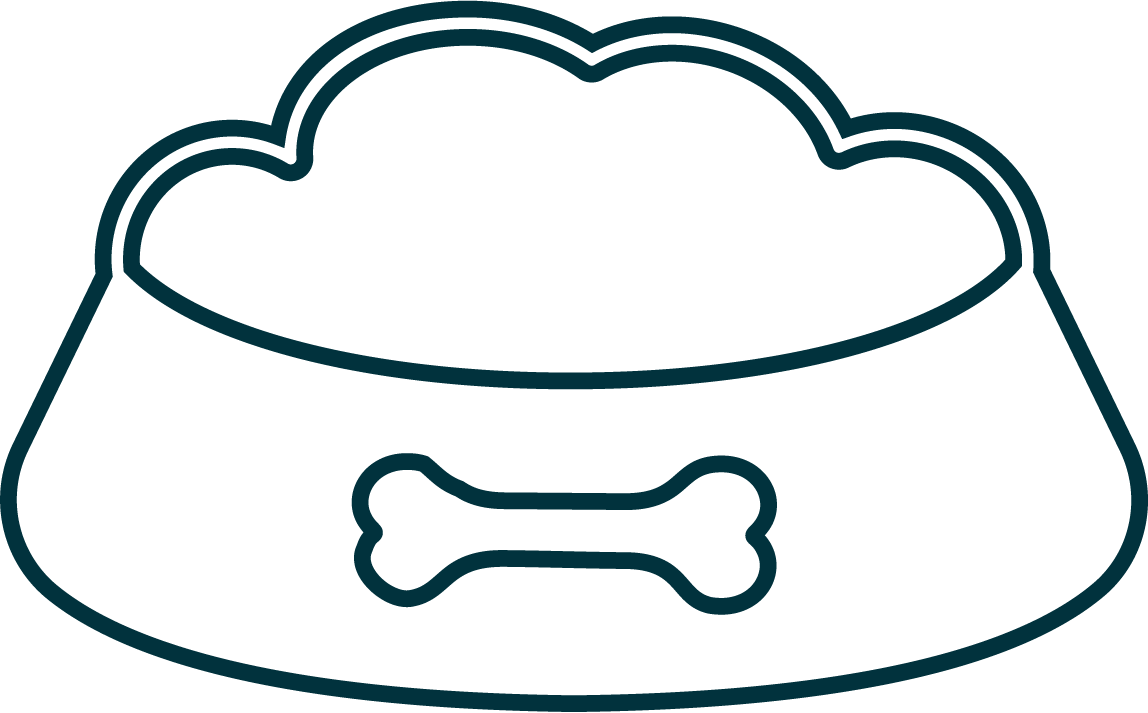
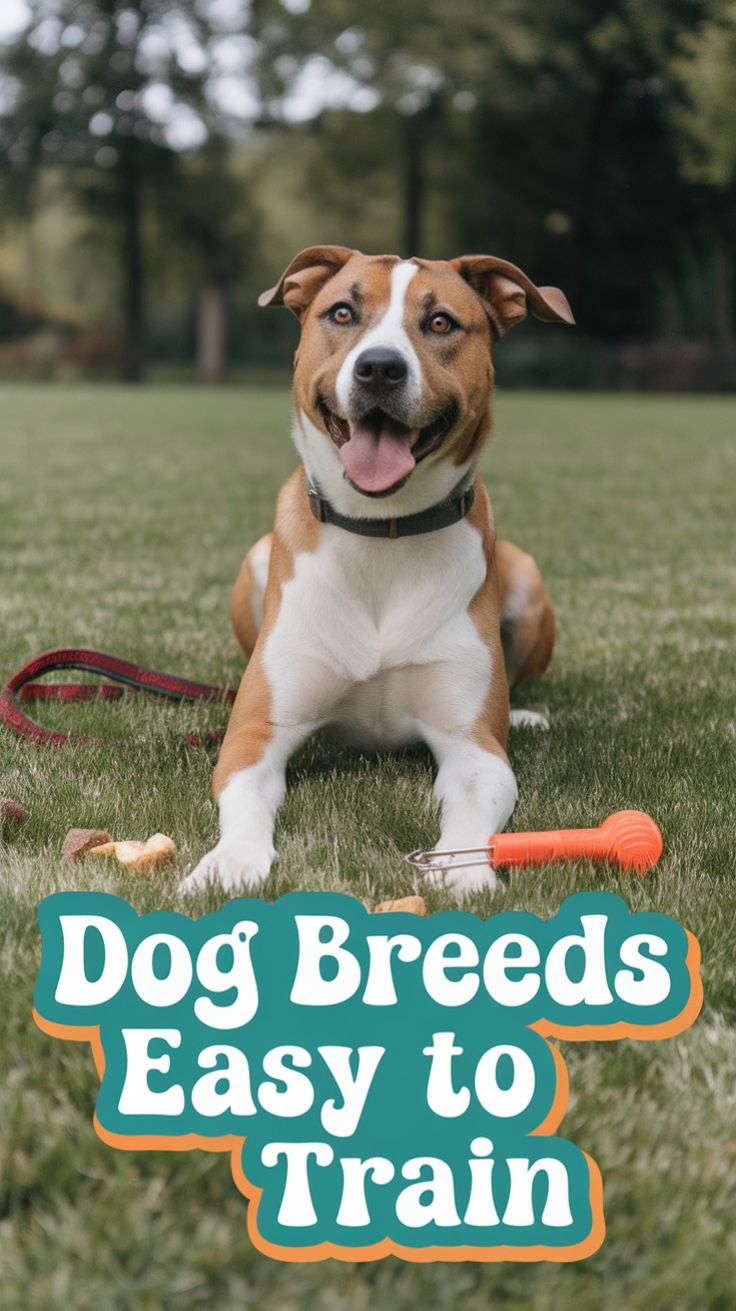
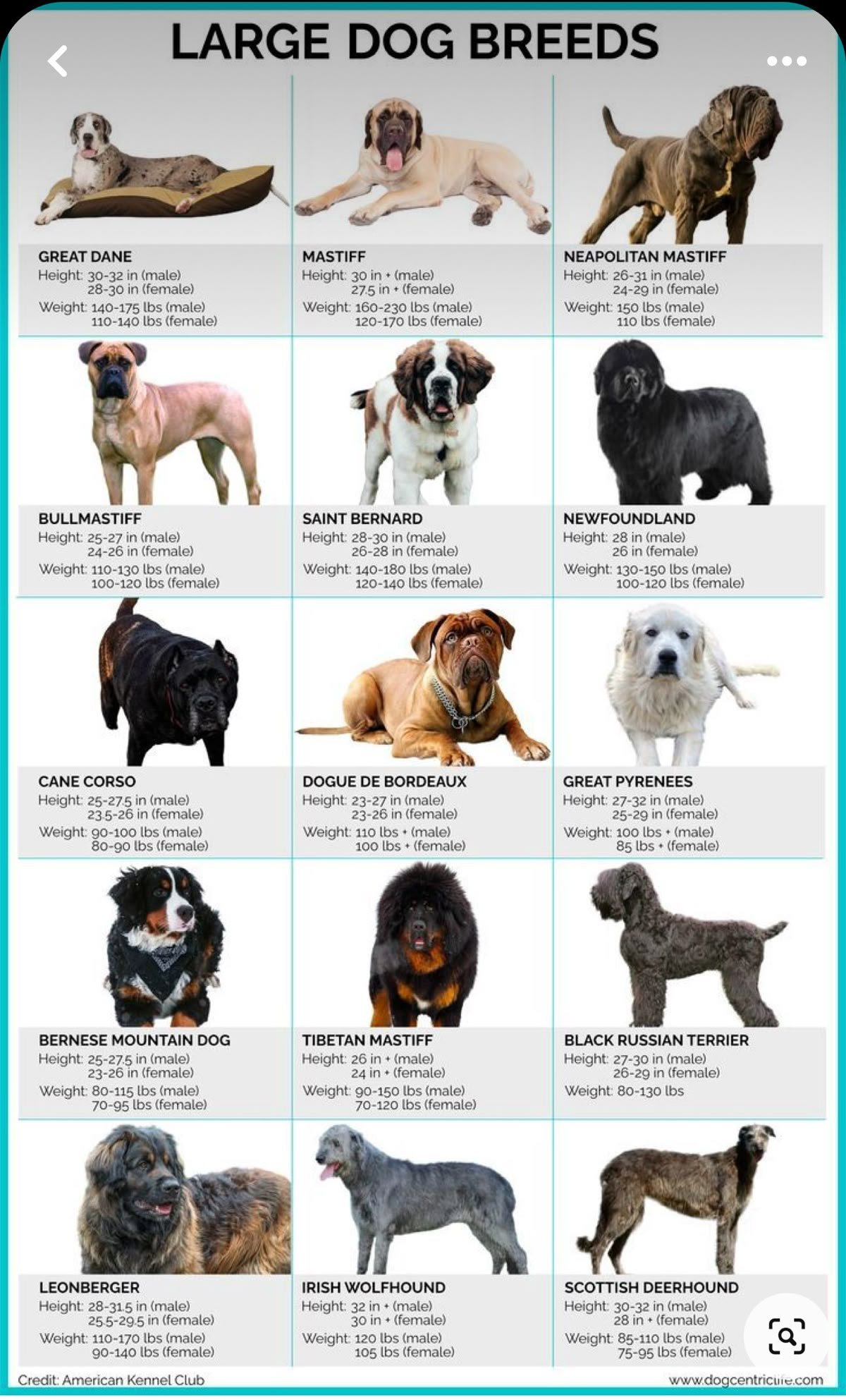



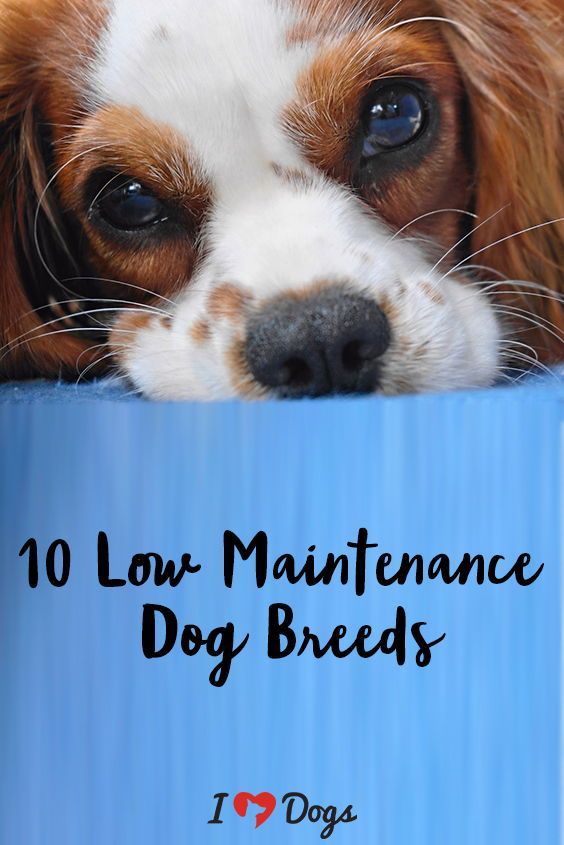
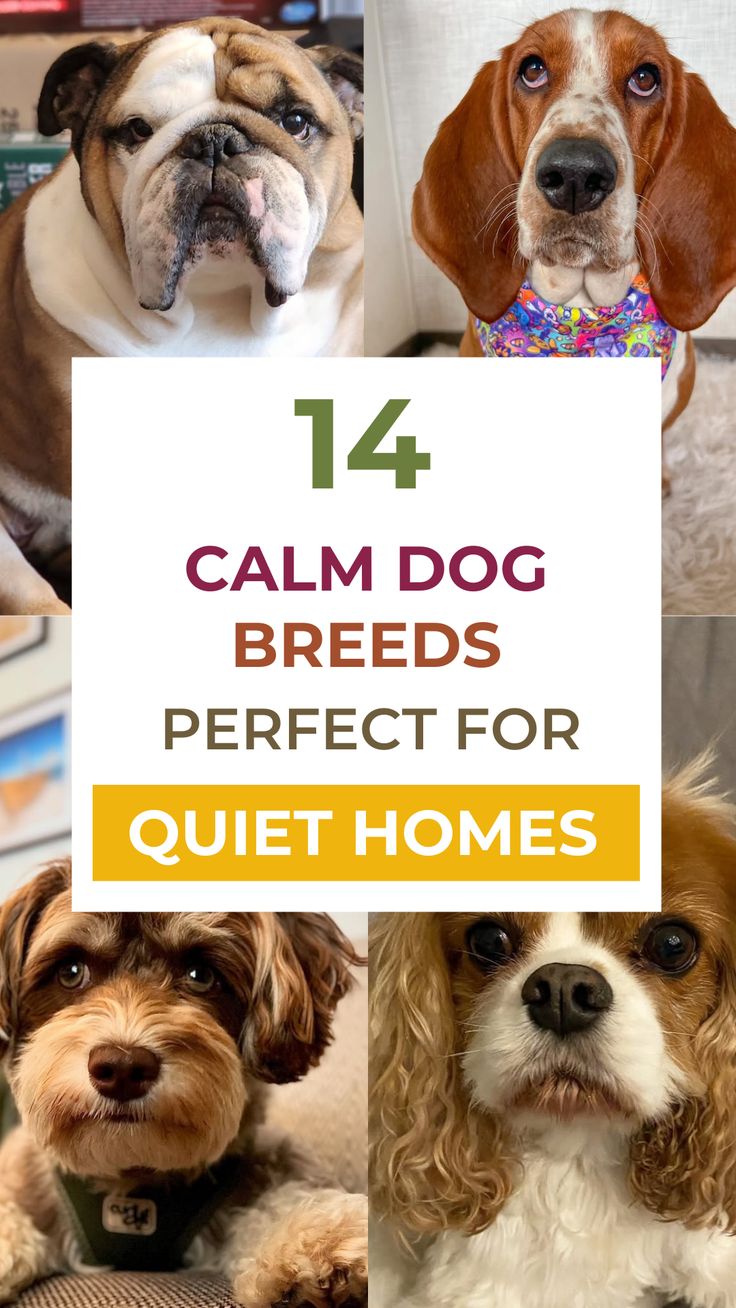

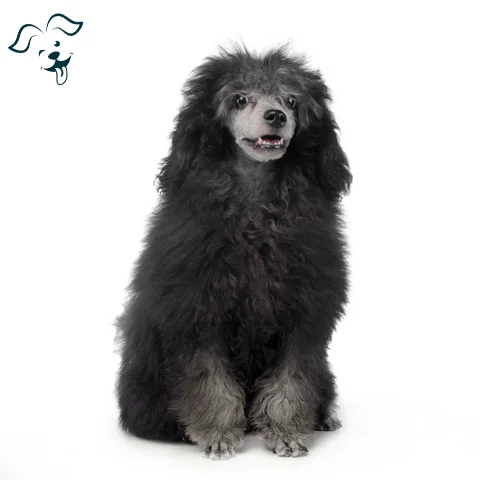
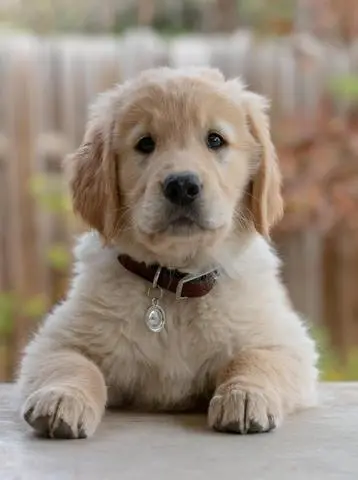

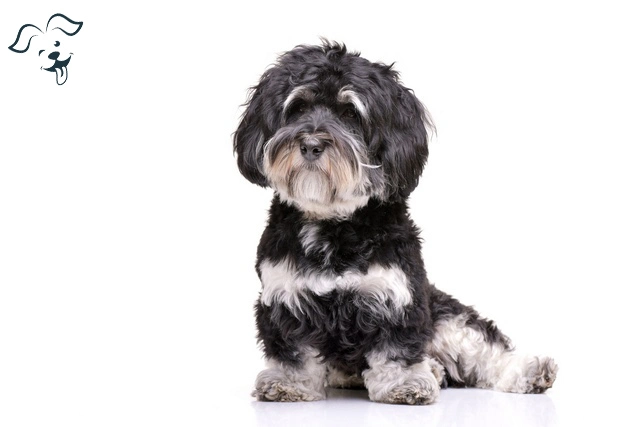
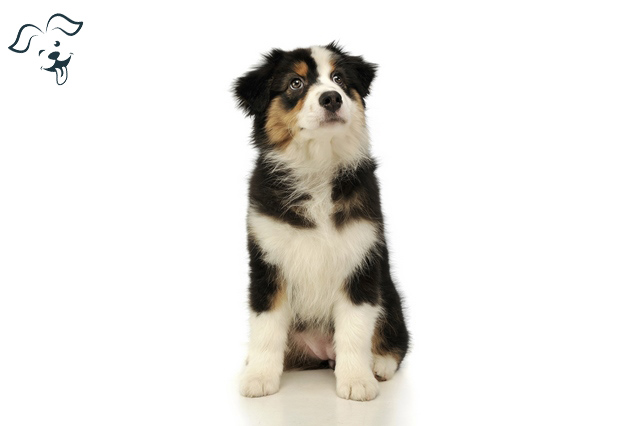

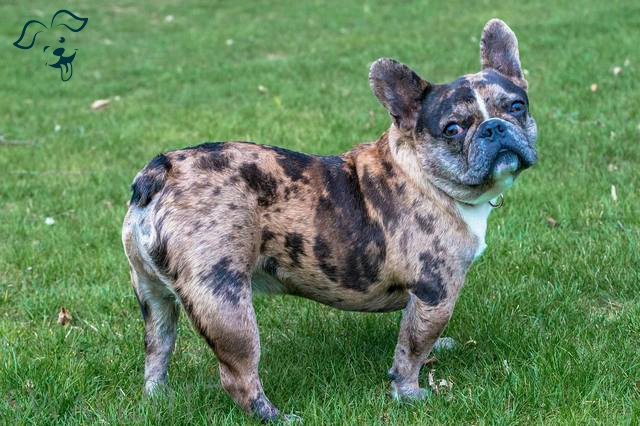
FRIENDLINESS
LIVELINESS
VIGILANCE INTENSITY
ADAPTATION CAPACITY